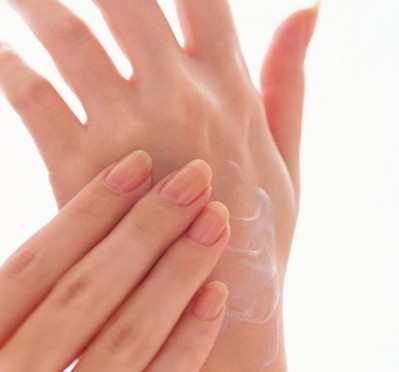P&G investigates the genetics of skin aging
presented at the 21st World Congress of Dermatology in
Buenos Aries, Argentina, by Procter and Gamble (P&G) Beauty.
The two studies attempt to understand what drives the skin aging process at the genetic level, in particular focusing on any differences between photo-aging (aging caused by environmental factors) and intrinsic aging (aging caused by natural and chronological factors).
According to the researchers from P&G Global Biotechnology and P&G Beauty, although much descriptive research has been done to characterise the structural changes associated with skin aging, little is known about the genes behind it.
Through research of this kind, the company hopes to develop treatments that may, in the future, interrupt the processes that contribute to skin aging, reverse cellular damage caused by both intrinsic and extrinsic aging, and support the skin's own healing process.
The first study looks at the expression of genes associated with the body's immune and inflammatory response, with the second focusing on the genes associated with the epidermal barrier.
The researchers obtained skin fragments from UV exposed skin taken from the forearms and UV protected skin taken from the buttocks, from ten 18-20 year olds and ten 60-67 year olds.
This enabled the study of intrinsic aging (by comparing young non exposed skin to old non exposed skin), and photo-aging by comparing exposed skin to non exposed skin.
DNA microarray technology was used in both experiments as it facilitates the investigation into the expression levels of a large number of genes simultaneously.
Results suggest that there was an up-regulation in the expression of genes involved in immunity and inflammation in both photo-aged and intrinsically aged skin, however this was significantly more marked in photo-aged skin.
Furthermore, researchers identified a number of pathways and links between genes involved in different functions.
For example pathways interconnecting the action of genes involved in inflammation, the extracellular matrix and protease activity, were identified and the scientists hope that these newly identified pathways may suggest new insights into skin aging and ways to combat it.
In addition, there appeared to be a down regulation in the expression of genes involved in lipid biosynthesis and epidermal differentiation.
The pathways affected included those involved in the biosynthesis of cholesterol, fatty acids and sphingolipids.
The researchers postulate that these changes in gene expression may contribute to the decreased barrier capacity of aged skin.
The study concludes that although there is a similar pattern in both photo-aged and intrinsically aged skin, photo-aging appears to speed up and intensify many of the processes.
P&G beauty will be presenting these studies to the public as part of their anti-aging symposium at the World Congress, this week.
The global beauty and personal care giant will host a total three symposia at the congress, the remaining two concentrating on hair and scalp science, and cosmeceuticals.



















